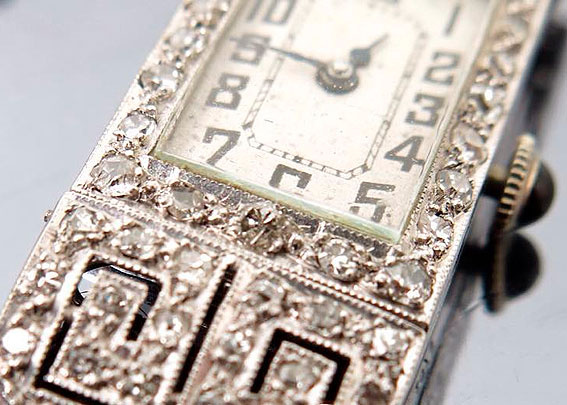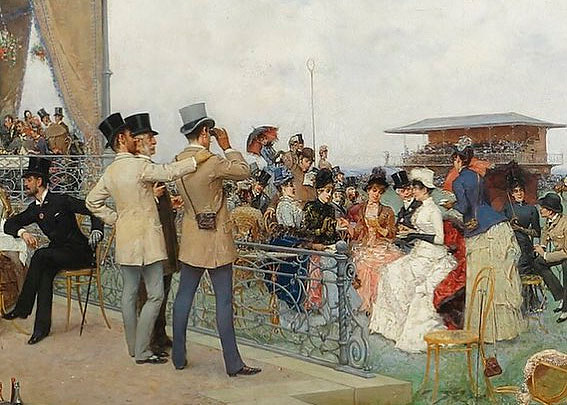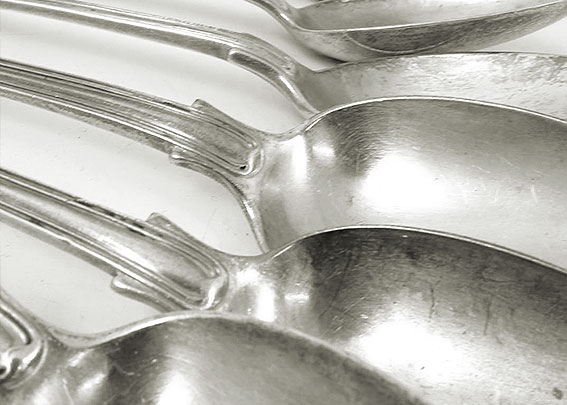
Upcoming auctions
- 29th February – Interiors
- 21st March – Fine arts & antiques
- 11th April – Interiors
- 2nd May – Interiors
- 23rd May – Fine arts & antiques
View sales by clicking the links

-
Malvern Saleroom
Barnards Green Road, Malvern, Worcester WR14 3LWTel: +44 (0)1684 892314 -
Worcester Office
10 College Precincts, Worcester WR1 2LGTel: +44 (0)1905 26200
© Copyright 2024 Philip Serrell Auctioneers, All rights reserved




